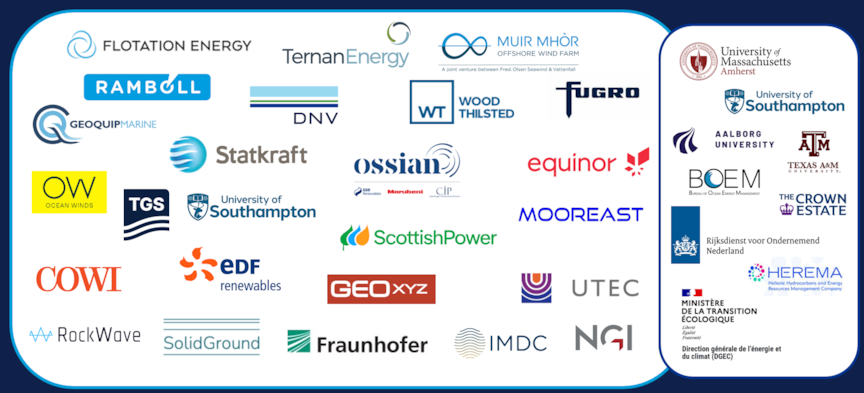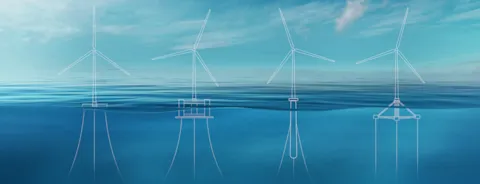DNV launches joint industry project on ground investigations for offshore wind turbines
DNV has launched a joint industry project to collaborate in delivering a recommended practice that provides clear guidance on the expectations for projects adopting a holistic approach to improve ground characterization for offshore wind developments. This initiative will be part of the ambitious join industry project (JIP) Ground Investigation for Floating Wind (GIFT).
DNV has identified a need for additional guidance on the number and extent of ground investigations required to produce reliable, certifiable, and installable anchoring designs using environmental classes for floating wind turbines, fixed-bottom foundations, and seabed cable developments.
The GIFT JIP brings together more than 15 industry partners who will work towards developing an industry practice on ground investigation that enables the safe derivation of design soil profiles for installation and in-place performance. The JIP will also collaborate with academic institutions, such as the University of Massachusetts Amherst, Southampton, Texas A&M and regulatory authorities including The Crown Estate, BOEM and HEREMA.
“It is of great importance to join the know-how as the industry begins to tackle new challenges in developing large-scale offshore floating wind farms. There is a need to optimize site soil characterization within project timelines to facilitate reliable designs, standardization, and installation of station-keeping systems. For this, clear guidelines, recommended practices, and minimum requirements are key to providing confidence for decision-makers and investors,” said Alejandro Borobia, JIP project sponsor at DNV.
The new practice aims to move away from position-specific (anchor/foundation) in-situ testing by utilizing a more practical environmental class approach. This work will be conducted through a pragmatic approach for geophysical and geotechnical SI and state-of-the-art ground modeling, aligned with project timelines and ensuring adequate knowledge of the ground conditions to facilitate reliable anchor design, accommodate design flexibility, and de-risk installation.
“The potential of correlating geotechnical and geophysical data is often overlooked. I very much look forward to steering the collaboration between geophysical and geotechnical engineers. Their insights will be key for optimizing ground models for anchor design and installation,” commented Amy Beeston, JIP technical lead at DNV.
The proposed approach for site investigations may also apply to fixed-bottom foundations or seabed cable developments. The JIP aims to establish an approach for defining a design soil profile without the need for position-specific data, thus creating a framework where the site investigation can be de-associated from the final wind farm layout. This has the potential to remove the site investigation from the critical path of project development for both floating and bottom-fixed WTG or cable corridors, allowing for late layout and/or design changes.
“The JIP aims at establishing a procedure for site conditions assessment that enables developers to tailor ground investigation to their project’s needs and schedule. We believe that the significant knowledge, experience and expertise brought together by the JIP’s partners ensure a high-quality and clear guidance for the industry.” added Yiorgos Perikleous, JIP project manager and technical lead at DNV.
The JIP initiative was launched with an initial workshop in February 2024 and is planned to take place over a period of 1.5-2 years, starting in Q1 2025.
However, the call for additional interested partners remains open, and DNV welcomes companies spanning various interests (operators, designers, contractors, regulators) to join.
Partners in the JIP will participate in technical workshops, receive early access to the knowledge gained, and get insights into the resulting recommended practice.

